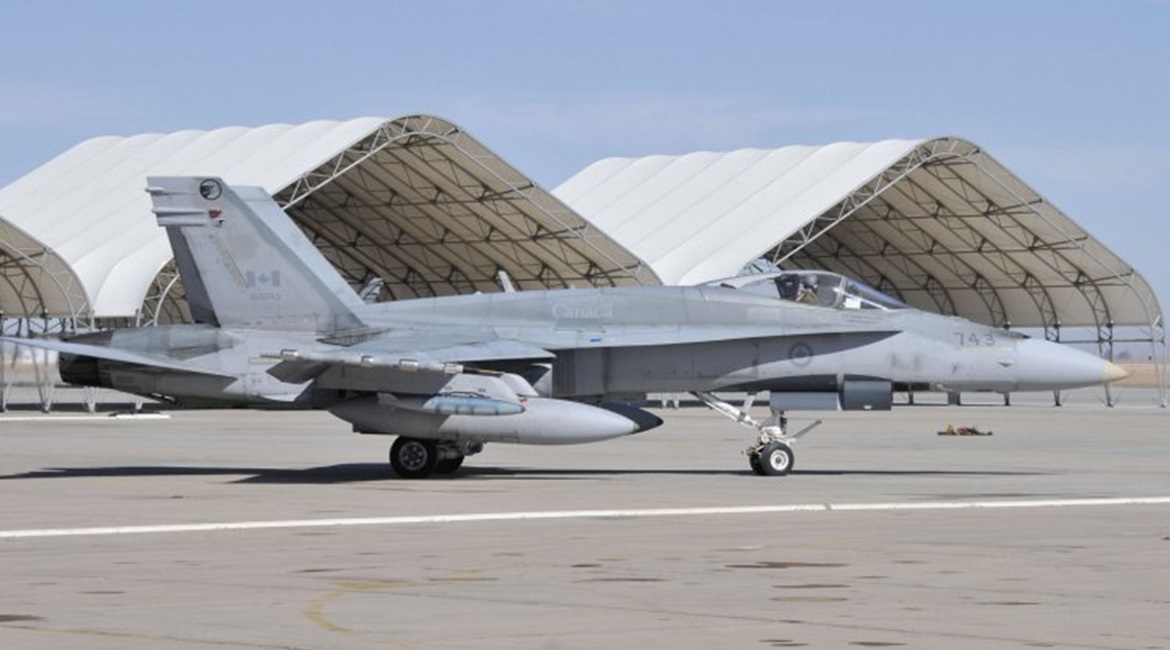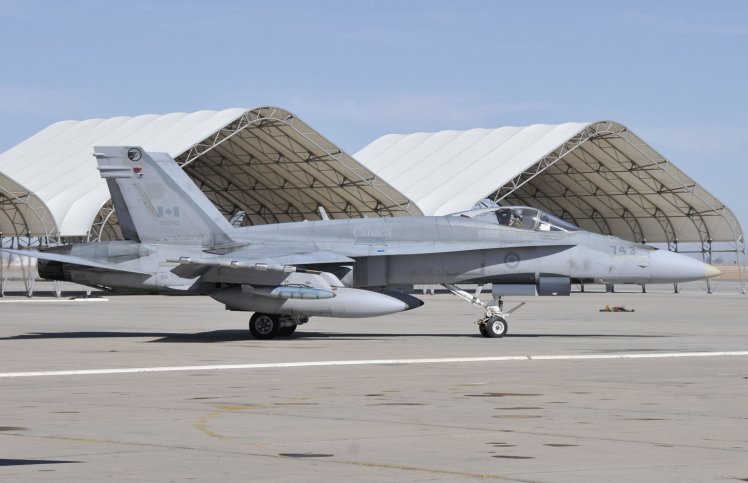
Airbus, in a press release, cited two factors. One is that North American Aerospace Defense Command (NORAD) security requirements continue to place too significant of a cost on platforms that have manufacture and repair chains outside the Canadian and US intelligence communities. The other is that the significant recent revision of industrial technological benefits (ITB) obligations does not sufficiently value the binding commitments the Typhoon Canada package was willing to make, and which were one of its major points of focus.

Canada on 23 July released its request for proposals (RFP) to replace its ageing fleet of Boeing F/A-18 (CF-18/CF-188 in national service) Hornets. It was sent to Sweden for the Saab Gripen E; to the UK for the Eurofighter Typhoon (the bid was being led by Airbus rather than BAE Systems because of the company’s stake in Canadian-based Bombardier); and to the US for both the Lockheed Martin F-35 Lightning II Joint Strike Fighter (JSF) and the Boeing F/A-18E/F Super Hornet.
Airbus said on 30 August that it could not get into specifics regarding requirements. But the company said that the security and acceptability requirements contain the security requirements the suppliers need for compatibility with Canada-US and Five Eyes data. Each competitor, Airbus said, is required to self-evaluate their capacity to fulfill these specific and exacting security requirements.
Looking to read the full article?
Gain unlimited access to Janes news and more...




